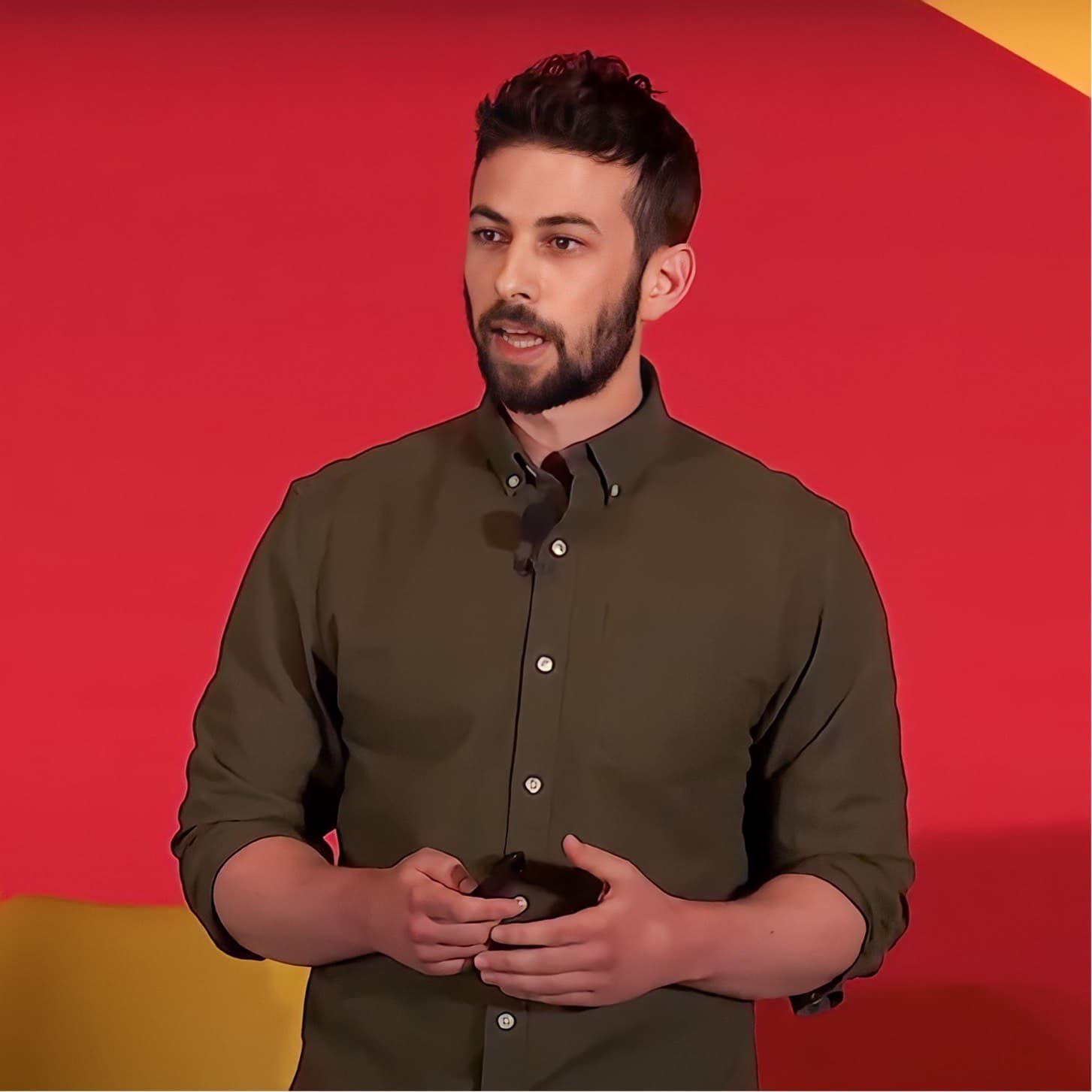
How we built Gemini for Google Cloud
I presented at Next '23 about building Google's 1st AI code assistance products—now part of Gemini for Google Cloud. Much about LLM product development has already changed (and we've evolved a lot), but themes like eval-driven development still apply.
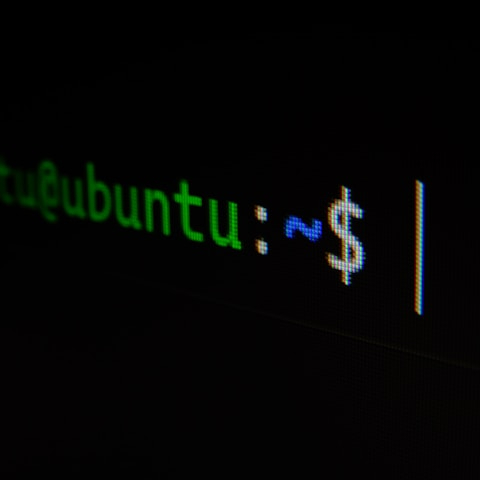
Embedded terminal in Google Cloud docs
I led a PLG initiative to build of an embedded terminal in the Google Cloud docs. This let developers read about a service and immediately try it in the browser. It was a cool to see the coverage that this launch got.
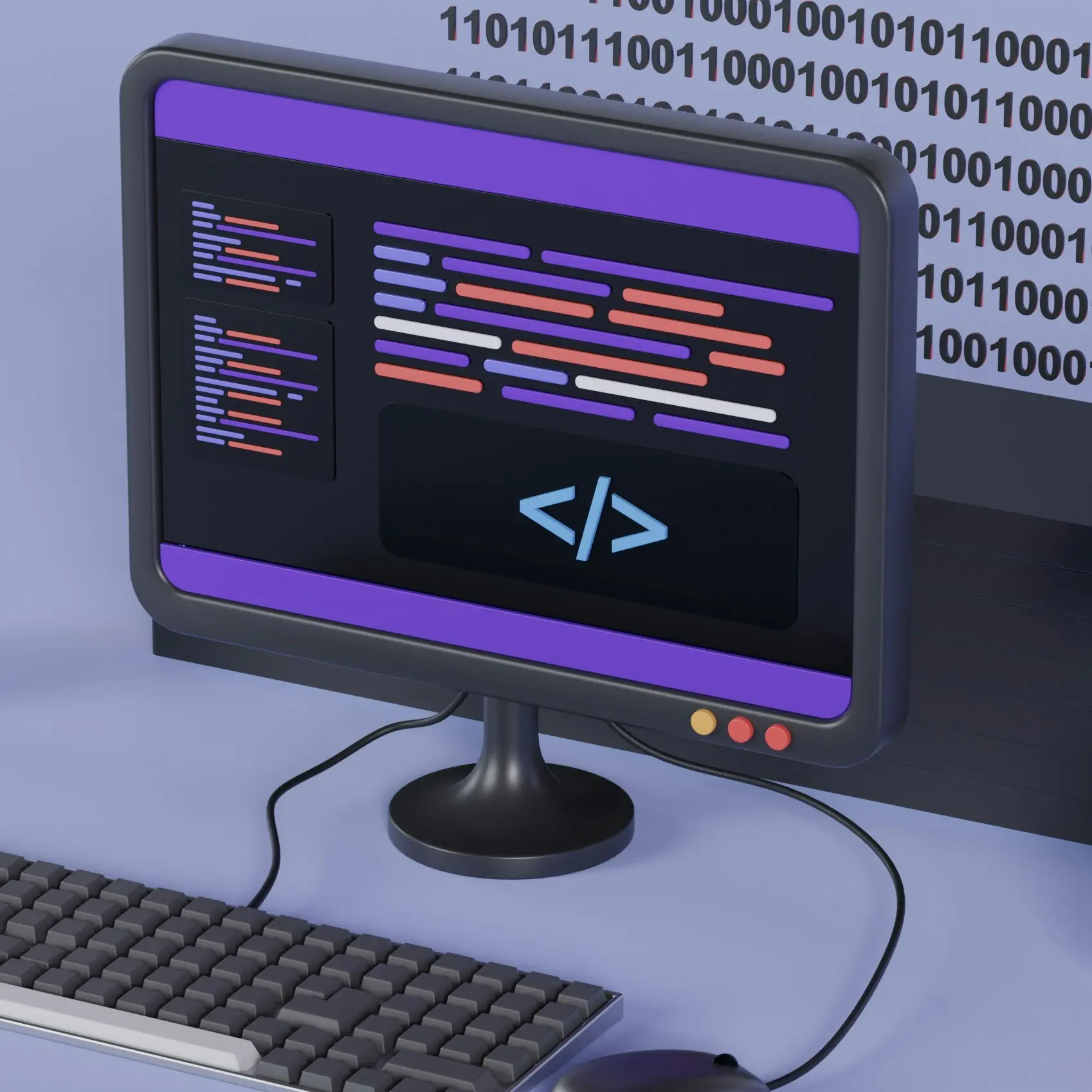
Interactive code samples for Google Cloud
I kept seeing our users get stuck when our generic code samples didn't match their setup, so I built a web component that let them customize examples with their own details. It made the whole onboarding experience much more smooth and relevant.
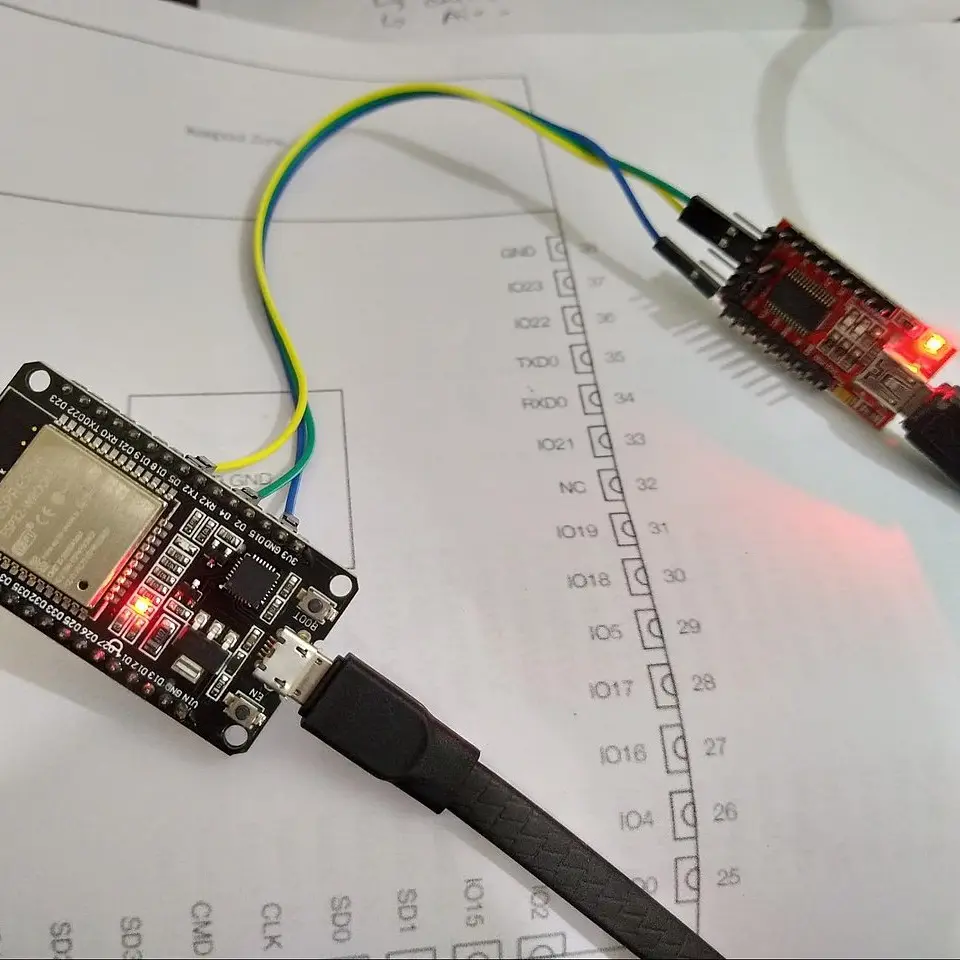
IoT device SDK for embedded C
I developed a custom Doxygen build for the Google Cloud IoT device SDK because the defaults didn't work with embedded C. It ran for years before Cloud IoT Core sunset, but you can still check the BSP and API reference in the Web Archive.
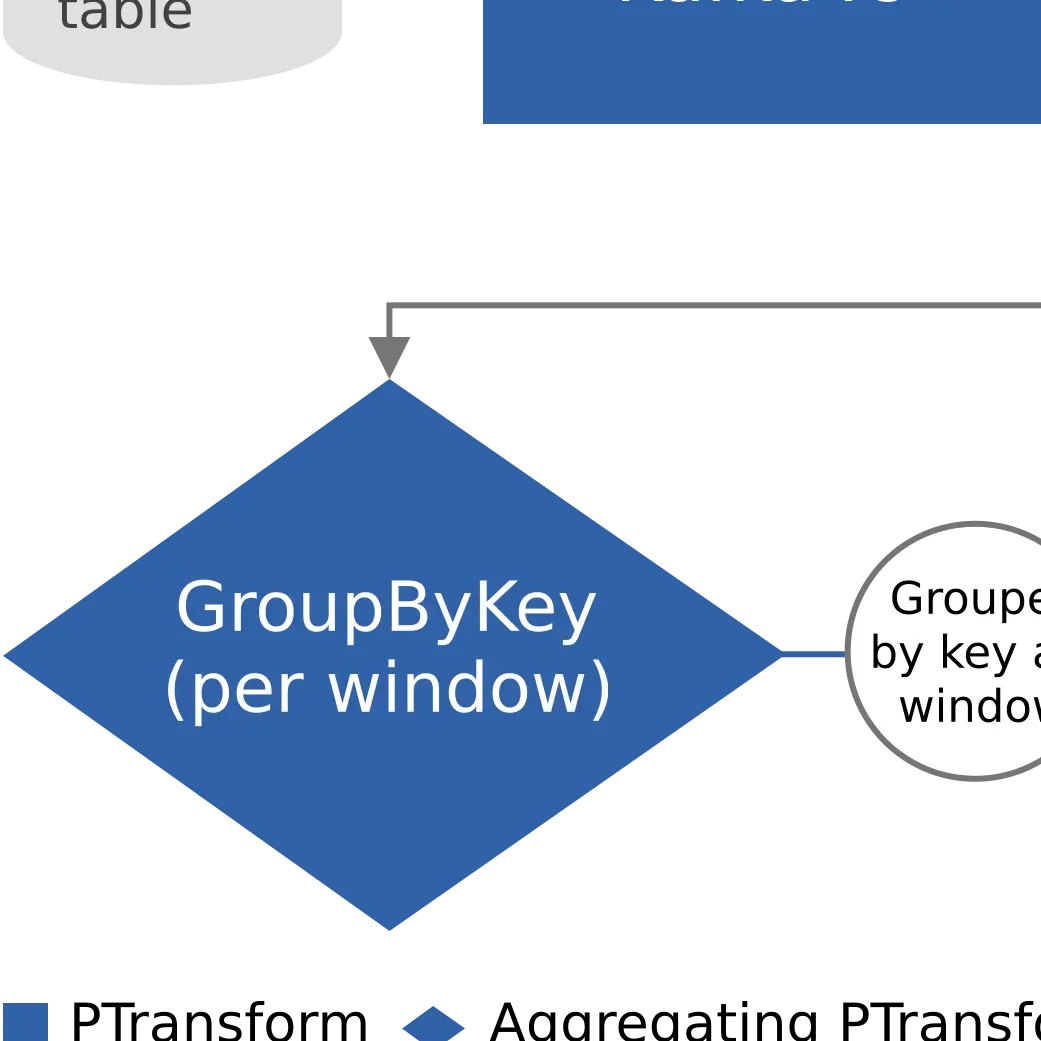
Apache Beam pipeline diagrams
I keep finding Apache Beam great for large synthetic data validation pipelines, so I worked with the Beam PMC to create a new and improved DAG notation. I used this to create new guides and dataflow diagrams for common use cases in 2.16 and 2.17.
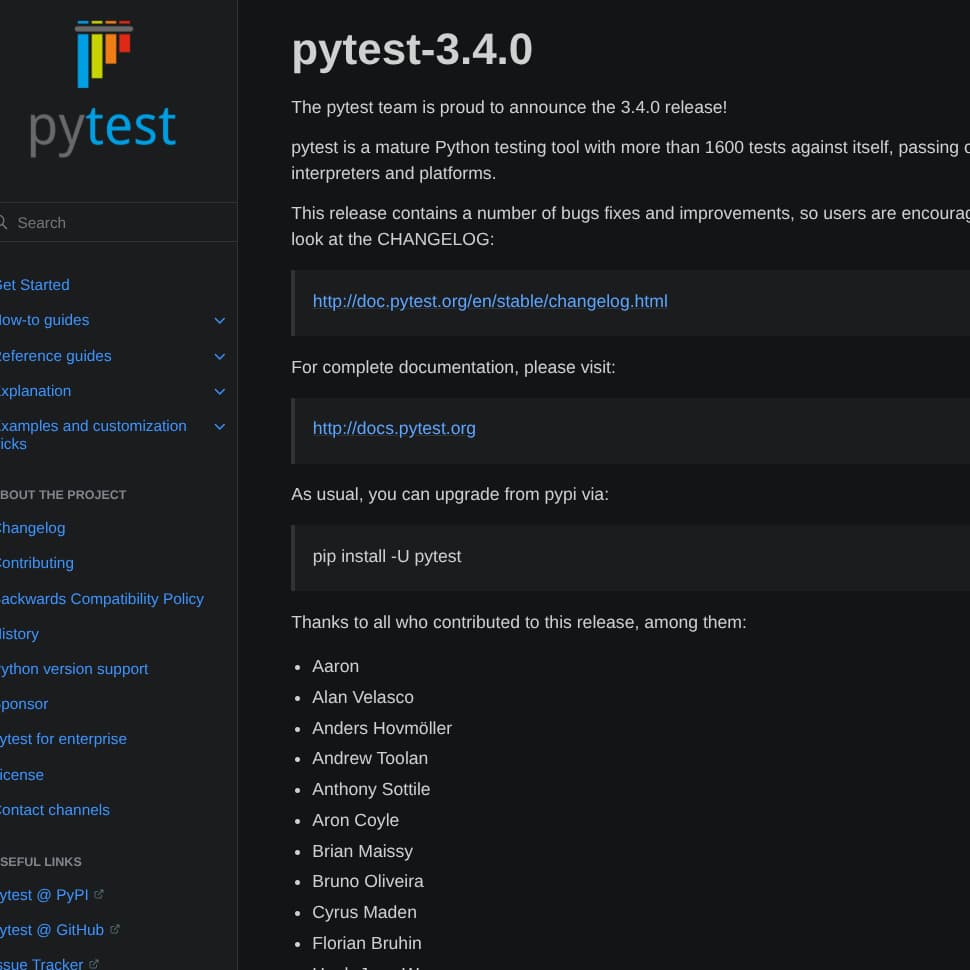
Pytest user guides for onboarding
I used pytest for several research projects at Brown, so I wanted to pay it forward by contributing. I updated user guides in 3.4.0 to share the best practices that I learned from the community when I was onboarding.
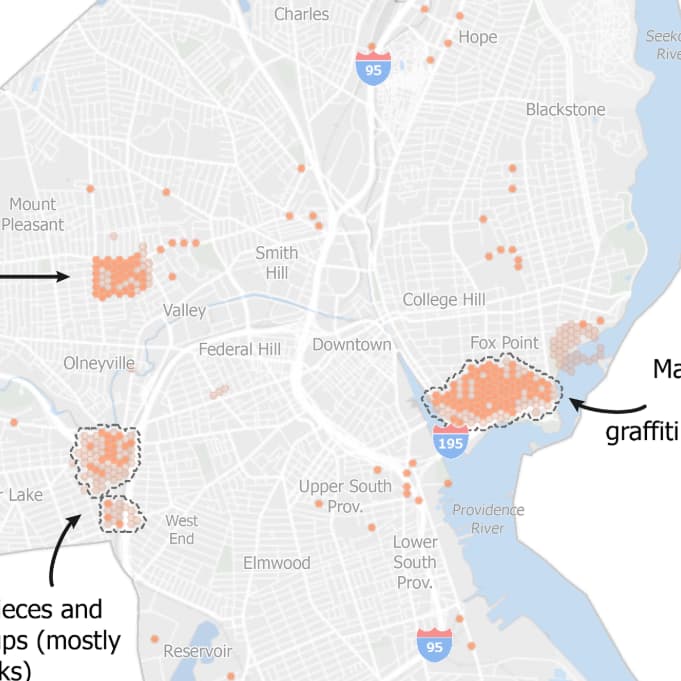
Anomoly detection for GIS applications
I got the opportunity to present on novel applications of spatial k-means (for example, reducing statistical bias of 311 data) to the American Association of Geographers in New Orleans. I had a great time sharing cool maps with GIS and ML researchers.
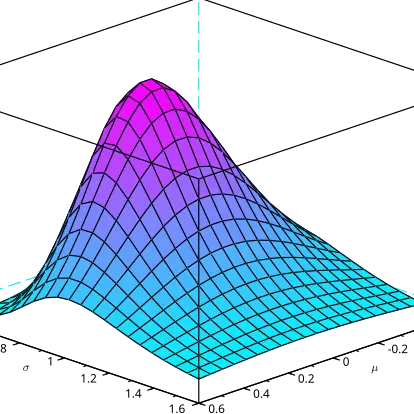
Interactive reference for ArcGIS field calculations
At the Esri User Conference, I heard from new ArcGIS users who spent a lot of time debugging field calculations, so I built (and still host) tabular.xyz—open source reference and code sandbox for Python and VB expressions in ArcGIS.
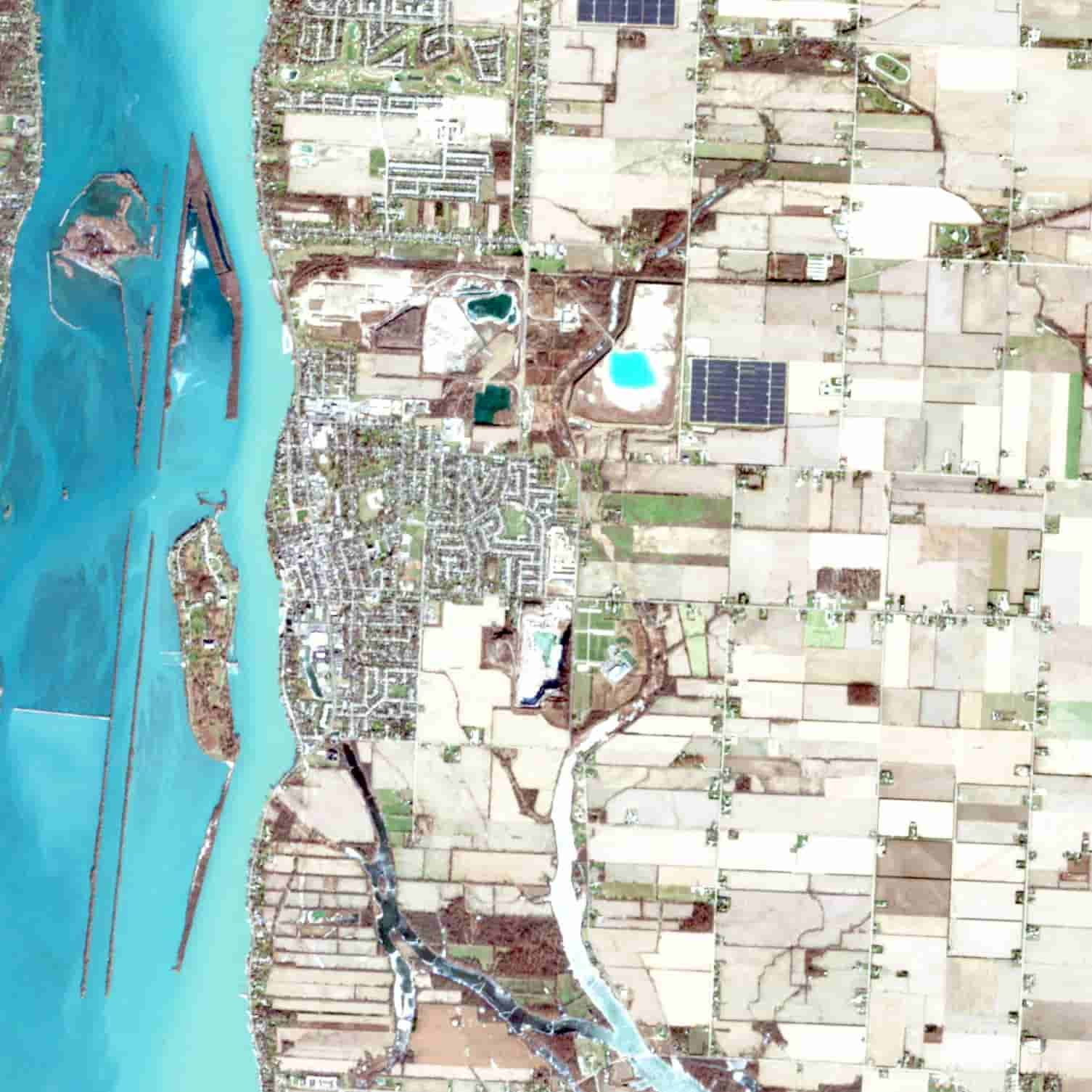
Interactive feature inputs in ArcGIS Pro
At Esri, I wrote a popular blog post about our new ArcGIS Pro geoprocessing features. My hackathon team and I later used these tools to help us build that year's 1st place project—on-device named entity recognition for place names.